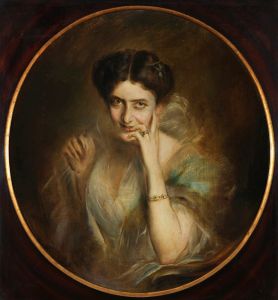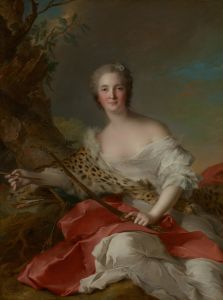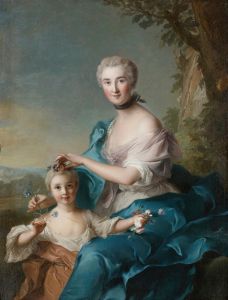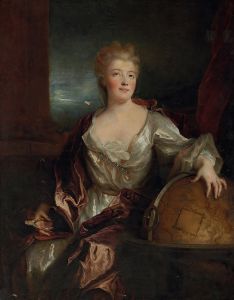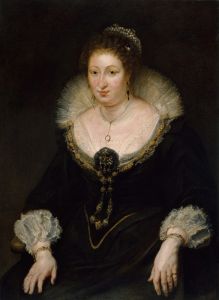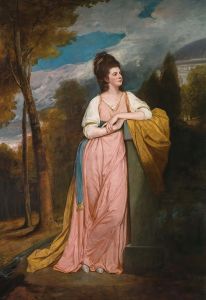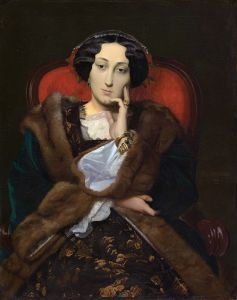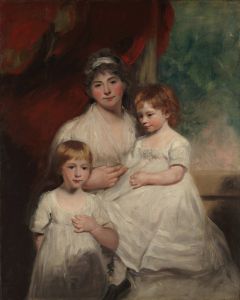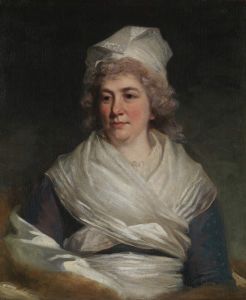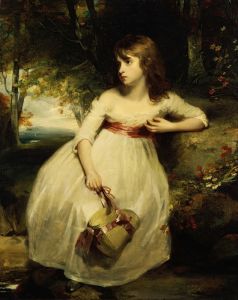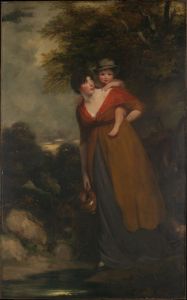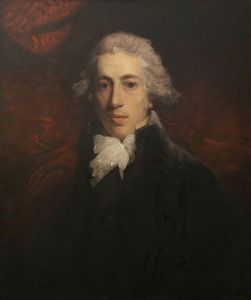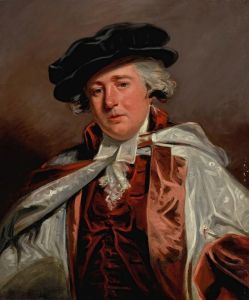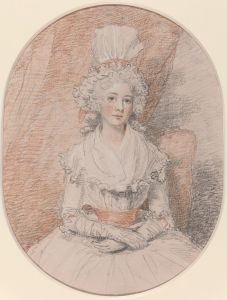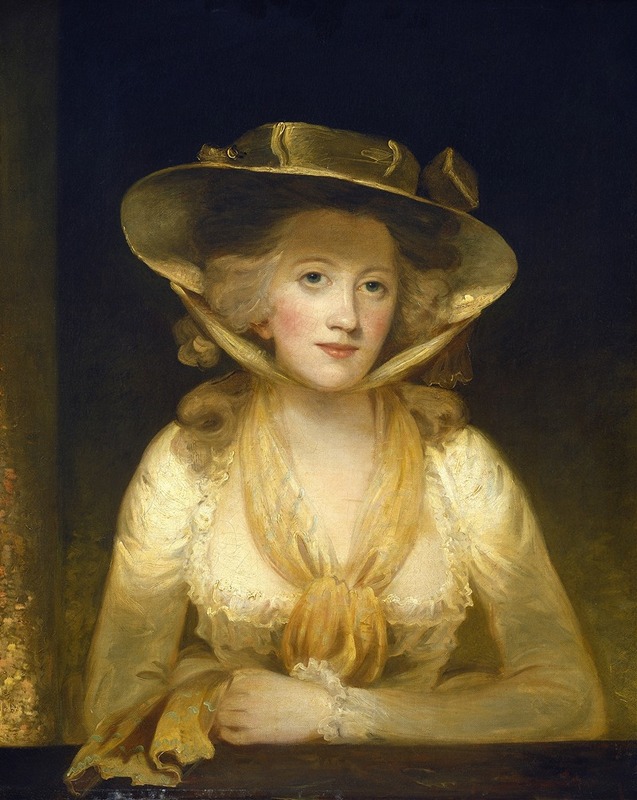
Lady Cunliffe
A hand-painted replica of John Hoppner’s masterpiece Lady Cunliffe, meticulously crafted by professional artists to capture the true essence of the original. Each piece is created with museum-quality canvas and rare mineral pigments, carefully painted by experienced artists with delicate brushstrokes and rich, layered colors to perfectly recreate the texture of the original artwork. Unlike machine-printed reproductions, this hand-painted version brings the painting to life, infused with the artist’s emotions and skill in every stroke. Whether for personal collection or home decoration, it instantly elevates the artistic atmosphere of any space.
"Lady Cunliffe" is a portrait painting by the renowned British artist John Hoppner, who was one of the leading portraitists in England during the late 18th and early 19th centuries. Hoppner was known for his ability to capture the elegance and grace of his subjects, often members of the British aristocracy and high society. His style was influenced by the works of Sir Joshua Reynolds and Thomas Gainsborough, and he was a contemporary rival of Sir Thomas Lawrence.
The painting "Lady Cunliffe" is believed to depict Mary Cunliffe, the wife of Sir Ellis Cunliffe, a prominent figure of the time. The portrait showcases Hoppner's skill in rendering the delicate features and refined demeanor of his sitters. The composition typically features a half-length or three-quarter-length view of the subject, set against a neutral or softly painted background that emphasizes the figure's presence and attire.
Hoppner's use of color and light in "Lady Cunliffe" exemplifies his mastery of the portrait genre. The artist often employed a rich palette and a keen attention to the textures of fabrics and skin tones, which brought a lifelike quality to his portraits. The sitter's attire and accessories are depicted with meticulous detail, reflecting the fashion and social status of the period.
John Hoppner was born in 1758 in London and showed an early aptitude for art. He studied at the Royal Academy Schools, where he honed his skills and developed his distinctive style. By the 1780s, Hoppner had established himself as a sought-after portraitist, receiving commissions from the British royal family and other notable patrons. His works were exhibited at the Royal Academy, where he gained considerable acclaim.
The portrait of Lady Cunliffe is part of Hoppner's extensive body of work, which includes portraits of many influential figures of his time. His ability to capture the character and elegance of his subjects made him a favorite among the British elite. Hoppner's portraits are characterized by their graceful compositions, subtle use of color, and the artist's ability to convey the personality and status of his sitters.
While specific details about the commission and provenance of "Lady Cunliffe" may not be extensively documented, the painting remains an important example of Hoppner's contribution to British portraiture. His works are held in high regard and can be found in major art collections and museums, both in the United Kingdom and internationally.
John Hoppner continued to paint until his death in 1810, leaving behind a legacy of portraits that capture the essence of British high society during his lifetime. His influence on the art of portraiture is evident in the works of subsequent generations of artists who admired his technique and ability to portray the human figure with elegance and insight.





